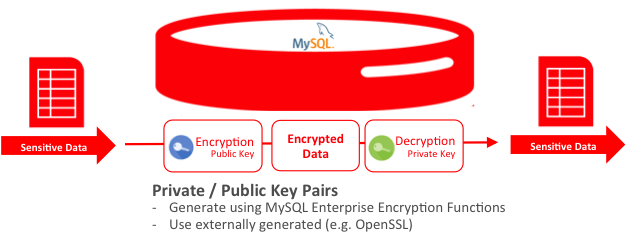If you need to achieve PCI DSS compliance for field level encryption in MySQL, there are several steps you can take:
1. Determine which fields contain sensitive data: Identify the fields that contain sensitive data, such as credit card numbers, and ensure that they are encrypted using strong encryption algorithms.
2. Use encryption at the application level: Implement encryption at the application level before the data is stored in the database. This can help ensure that sensitive data is not exposed in clear text.
3. Use MySQL's built-in encryption functions: MySQL provides several built-in encryption functions, such as AES_ENCRYPT and AES_DECRYPT, that you can use to encrypt and decrypt data. These functions use strong encryption algorithms, such as AES-256.
4. Use a key management system: Implement a key management system to securely store and manage encryption keys. This can help ensure that encryption keys are not compromised or lost.
5. Control access to sensitive data: Implement access controls to ensure that only authorized users have access to sensitive data. This can help reduce the risk of data breaches and unauthorized access to sensitive data.
6. Regularly review and test security measures: Regularly review and test your security measures to ensure that they are effective and meet PCI DSS requirements. This can help identify and address any vulnerabilities or weaknesses in your security measures.
By taking these steps, you can help ensure that your MySQL database is compliant with PCI DSS requirements for field level encryption.


No comments:
Post a Comment